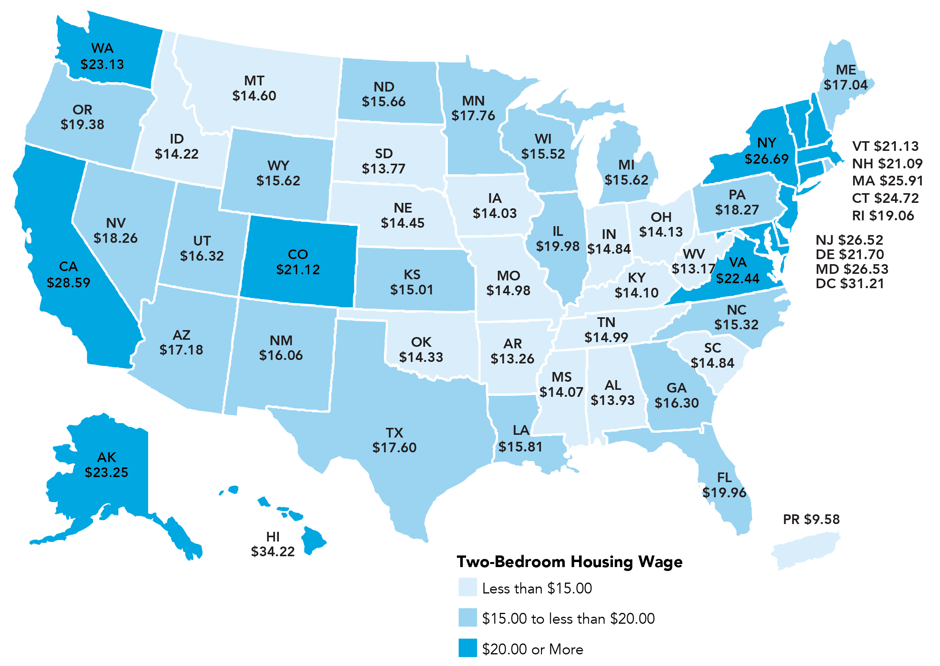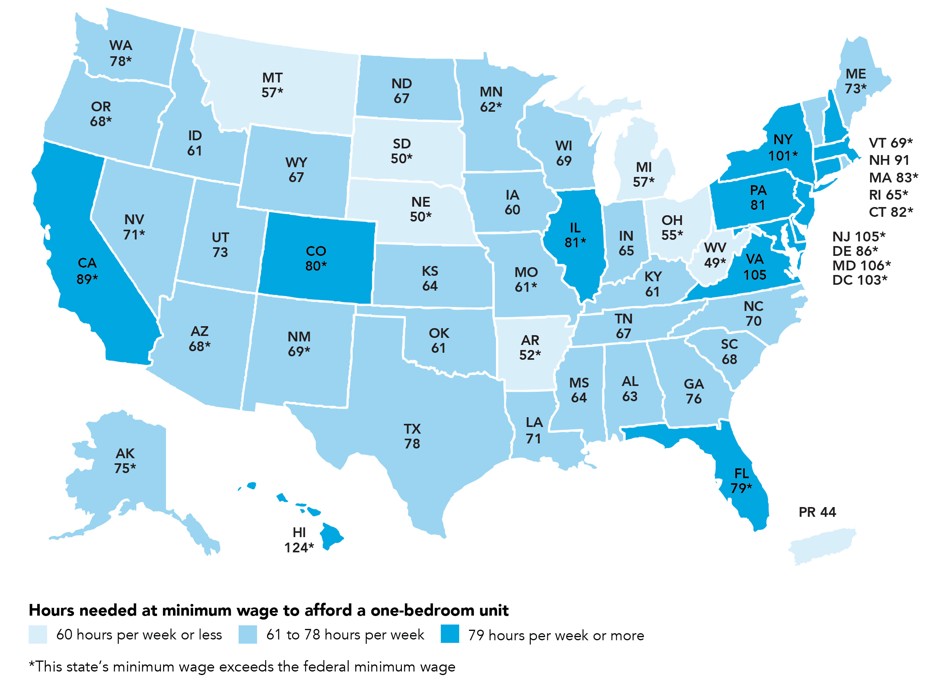People are influenced by their networks (the company they keep- friends/relatives/co-workers) and not just by their neighborhoods. FOMO - the fear of missing out comes into play when they see the positive affects being a homeowner has with people around them. It's a direct influence as people tend to mirror those closest to them. This motivates them to buy to have a successful investment in the housing market. Facebook friends matter. Do you want to rent or own? Simple interesting facts.
Is FOMO Driving Your Housing Decisions?
People who are favoriting their friends’ smart housing purchases are more likely to make their own.
Kriston Capps - May 24, 2016
A new paper released by the National Bureau of Economic Research finds a link between a person’s Facebook network and her housing investments. The paper shows that people whose friends have positive experiences in the housing market are more likely to buy themselves. They’re also more likely to buy a larger home, more likely to pay more for a home, and more likely to make a bigger down payment when their friends are making successful investments.
The work—assembled by Facebook economist Michael Bailey, Harvard University’s Ruiqing Cao, and Johannes Stroebel and Theresa Kuchler of New York University’s Stern School of Business—combines Facebook survey data with public-record information on housing transactions. Starting with a broad and diverse market of users in Los Angeles County, the researchers examined how their geographically distant networks, which usually amounted to people situated in just a few discrete areas, affected their investment decisions.
We first analyze 1,242 responses to a housing market survey among Los Angeles-based Facebook users. Over half of the survey respondents report to regularly talk to their friends about investing in the housing market. The survey also asked respondents to assess the attractiveness of property investments in their own zip code relative to other financial investments. Holding respondent characteristics fixed, we find a strong relationship between the recent house price movements in counties where a respondent has friends, and whether that respondent believes that local property is a good investment.Now, it would only make sense that a person would take her neighbor’s experience in the housing market as instructive advice. A person who talks to her friends about their experiences with investments is doing crucial research. But this research seeks to determine “the plausibly-exogenous variation in the recent house price experiences of an individual’s geographically-distant friends as shifters of her local housing market expectations.”
Meaning, the way that a L.A. resident’s friends’ housing-investment experiences in, say, Oklahoma City influence her decisions about her own perspective on L.A. So the researchers factored for recent transplants and other factors that might influence how much L.A. residents might weigh their social networks versus local networks.
“We find that the house price experiences within an individual’s social network have quantitatively large effects on all four aspects of her housing investment decision,” the paper reads. Those four aspects are:
- Extensive margin decision (rent or own)
- Intensive margin decision (size of the home)
- Willingness to pay for a particular house
- Leverage used to finance the purchase (down payment)
Further, people with friends who were getting the most out of the housing market—in this case, a 5 percent increase over a 2-year period—were paying more for their own homes (3.3 percent) and making larger down payments (7 percent). This effect on a person’s own market decisions is correlated to a person’s cumulative social-network experience, including geographically distant networks.
The researchers also found the inverse to be true: When a person’s social network had experienced negative outcomes in the housing market, she was less likely to transition from renter to homeowner status or take other risks in the market.
“We argue that the relationship between the house price experiences in an individual’s social network and her housing market behavior is due to the effects of social interactions on her housing market expectations,” the paper reads—suggesting that liking or favoriting a friend’s upward mobility could plausibly make a person more likely to invest in the housing market. The effect is more pronounced for more social individuals:
For respondents who report that they regularly talk to their friends about whether property is a good investment, we find a strong relationship between their friends’ house price experiences and their own assessment whether property in their own zip code is a good investment. Indeed, for respondents that often talk to their friends about property investments, the effect size is twice the effect size of the average individual. For respondents that never talk to their friends about investing in the housing market, no statistically significant relationship is found.This paper might help to explain how housing shocks are contagious across geographic boundaries. When it comes to investment decisions, people pay attention to their networks, not just their neighborhoods.
Source: http://www.citylab.com/housing/2016/05/what-your-facebook-friendships-say-about-your-housing-status/484094/


